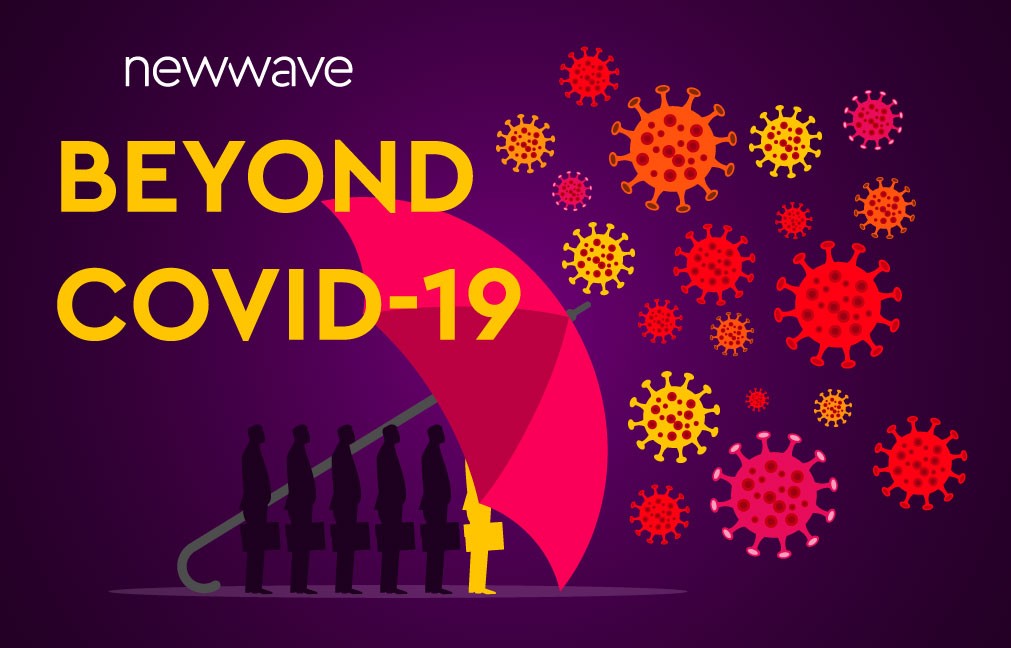Like the rest of the world, I have watched the COVID-19 saga unfold over the past several months, mostly from the comfort of my home. For all of us, this pandemic has become the signature event of our lives, impacting every American at some level. The tragedy in human terms will not be completely known for many years. Beyond the lives lost to the virus itself, there will be many additional lives forever altered physically, mentally, financially, and emotionally by this terrible pandemic. Public health needs will hopefully never be short-changed again, at least not in my lifetime.
Beyond public health, healthcare itself is being altered in many ways, some of which will far outlast the virus impact. I would like to offer a few observations of changes that I see now and expect to see in the coming years. This blog does not pretend to be a complete picture, just some slices from my view of reality. Here we go:
The patient-physician relationship will be forever changed. We have already seen the impact of increased telehealth and how practices of all sizes are adopting to the need for remote patient interactions. More flexible rules around the use of telehealth will probably continue but what will really drive telehealth is the breaking of the office visit tradition, where one might sit in a waiting room for a considerable length of time with others with unknown ailments. Less people will be willing to do that in the future, especially those at higher risk. This change will create a greater push for value-based payments, given that providers will be spending an increasing amount of their time dealing with patients electronically and less on in-person appointments. Technology improvements will also make telehealth much more feasible for a larger part of the population as 5G and other more robust technologies become mainstream. This culture change will be like what we are currently seeing in businesses, where the pandemic is accelerating the move to Zoom and other video platforms, which will reduce the need for face-to-face meetings and business travel.
Alternative ways for family members to “be” with dying loved ones. Another sad result of the corona virus was thousands of people dying without their loved ones being able to be at their side at the end because of infection concerns. While we can’t physically change the need for distancing, is this an opportunity to bring more innovative augmented or virtual reality solutions to help both the patient and loved ones to better feel more “present” with each other? Innovative technologists working with patients, their families, and clinicians should be able to develop some very creative possibilities!
Healthcare financial impacts. The financial impact of the virus will hit healthcare in many ways as well. Experts have already expressed concerns about increases in surprise billing and fraudulent activities occurring. I agree that those areas need to be scrutinized and here are a few others. The impact of millions of people losing jobs with healthcare benefits causes one to wonder about the future of employer-based healthcare. One major lesson of this pandemic is that the negative economic impact is rapid and tremendous with a widespread, easily transmitted virus. In the US that means major job cuts, many of which also include healthcare benefits, so the worker is hit with a double whammy that their counterparts in other countries do not face. Another example is the large impact of the pandemic on state and local government finances, saddling those governments with major unexpected costs coupled with huge declines in revenue. The bleak financial picture will greatly affect the state Medicaid programs, even with CMS picking up most of the tab.
A worse outlook for Social Security and Medicare solvency. Similar to the states, both programs will see major rises in expenses, Medicare due to increased medical costs and SSA with the inevitable rise in requests for disability and possibly early retirement. High unemployment rates will greatly decrease tax revenues needed for program solvency.
COVID-19 will cause changes to CMS risk adjustment models. CMS, for MA plans, has been steadily moving towards a greater use of encounter data to calculate risk scores. For CY21, the ratio will become 75% based on encounter data. This increase results in a much richer trove of data for CMS but requires additional data gathering by plans and providers, a major reason why the total change over has been delayed and slowed. Adding COVID-19 to the mix will create additional uncertainty in terms of risk adjustment factors (RAF). It’s too early to speculate but the next several years at minimum could see some major disconnects between the RAFs and actual costs per patients. This will not only occur directly from COVID-19 but also indirectly as other health needs get less priority, including delays in elective surgeries, cancellation of doctor appointments, patients deferral of treatments etc.
These are just a few of the major changes to our healthcare ecosystem that will result from the pandemic. I will continue to follow COVID-19 in the coming months and offer additional thoughts as more data and feedback become available. There is little doubt in my mind that the impacts of this pandemic will be felt for a long time, in multiple ways and that we are just beginning to grapple with enormity of this traumatic time. Keep in mind, however, if history is any guide, some of the greatest improvements to this country have come out of major traumatic historical events. This includes both better public health and technological innovation.


